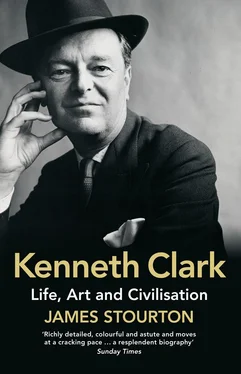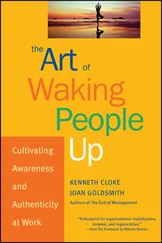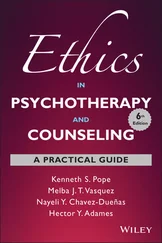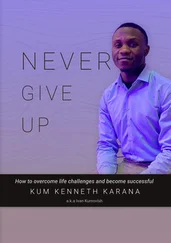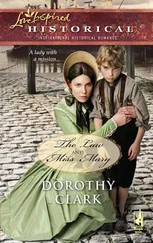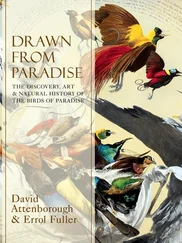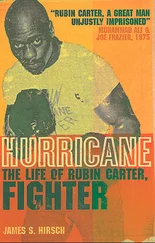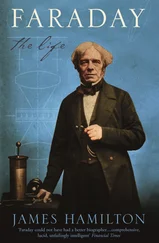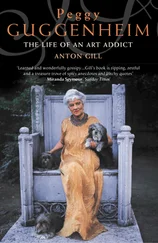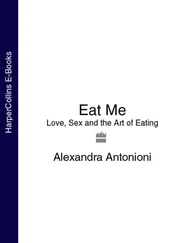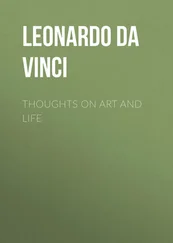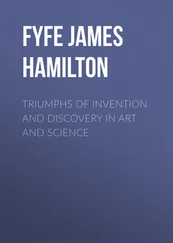The end of the war produced one extraordinary benefit without which no aesthetic education of the period was complete – the arrival in England of Diaghilev’s Ballets Russes. ‘It was an intoxication,’ Clark wrote, ‘even stronger than Beardsley.’20 The sight of works such as Scheherazade and The Firebird was an escape from the dreary parochialism of school into a dream world. Who it was that took Clark to see the Ballets Russes is a mystery, but it may have been Victor ‘Prendy’ Prendergast, a slightly older boy in the same house. Clark described him as ‘a great influence on my life at Winchester. He was a dyed in the wool aesthete and a Yellow Book character.’21 They shared a mutual interest not only in ballet but also in modern art. Prendy must have been a sympathetic figure, but Clark lost sight of him at Oxford, and the Winchester old boys’ register simply says he ‘travelled and did literary work’.
If the Ballets Russes gave Clark his first taste of international modernism, this education continued at the modest London gallery that put on the first one-man show in England of just about every major European avant-garde artist, the Leicester Galleries. It was in these unpretentious surroundings, under the gentle guidance of its director Oliver Brown,22 that Clark discovered the joys of collecting, at this time usually drawings under £5. When he was sixteen a godfather gave him £100 with which to buy a picture, and he was struck by an oil of a primitive-looking boy by an artist he had never heard of, Modigliani. He reserved it, but at the last minute – trying to imagine it hanging alongside his parents’ Barbizon works – his courage failed him and he cancelled the purchase. As a testament to its quality, today it hangs in the Tate Gallery.
The man who more than any other was responsible for the transformation of Clark and his growing confidence at Winchester was the towering, eccentric, quixotic headmaster, Montague John Rendall. He was a Harrovian bachelor who devoted his life to the school, and whose old age was spent catching up on what old boys were doing from the newspapers. He is one of the greatest and most striking headmasters of his era, in the class of J.F. Roxburgh, the founder of Stowe. Monty Rendall responded to originality and cleverness in boys, and was the first person outside the family circle fully to recognise Clark’s potential. Clark always spoke of him later with affection, claiming ‘he saved me’.
What was Rendall like? Clark thought he combined the muscular Christianity of Charles Kingsley with the aestheticism of the pre-Raphaelites. He was something of an actor, both grave and absurd, who affected a shaggy Edwardian moustache and always wore a tie unknotted but dragged through a key ring. One contemporary described him: ‘Monty was so marvellously, so intoxicatingly, so memorably, so splendidly funny … he came from a generation who had the courage to dramatise itself.’23 Chivalry was the cardinal virtue for Rendall, and he commissioned a medievalising triptych in praise of it, which he bequeathed to the school. He believed, wrote Clark, in ‘that mixture of learning, courtesy and fair play, which seemed to him the ideal of a gentleman either in Mantua or Winchester College’.24 To Clark, as to many Wykehamists, Monty Rendall was always the loveable, inspiring teacher who introduced him to Italian art. *
Rendall set up a study centre at Winchester with images of Italian drawings and paintings. He produced detailed and beautiful wall charts of the painters of northern Italy – Florence, Umbria and Siena – in which he referred to Clark’s future mentor Bernard Berenson. His rooms were full of Italian art and Italianate contemporary art. He even created an Italian garden in front of the headmaster’s house, cheekily known to the boys as ‘Monte Fiasco’. Above all Rendall was an inspired lecturer, and Clark had his eyes opened to the wonders of Giotto, Fra Angelico, Pisanello, Botticelli and Bellini, all presented with the kind of humorous asides that he was later to employ himself. The lectures were a mixture of learning from Berenson, Roger Fry and Herbert Horne, but Rendall had bicycled around Italy and actually seen all the works of art he described, so his lectures had a directness that spoke to the young Clark. Every year Rendall would give his most memorable lecture, on St Francis of Assisi. Fifty years later, when Clark made the third episode of Civilisation and spoke of the saint, many old Wykehamists – and he acknowledged that they were right – heard echoes of Rendall. It was these lectures and exhibitions at Winchester that predisposed Clark to work with Berenson. When he was leaving the school Rendall gave him a copy of Berenson’s A Sienese Painter of the Franciscan Legend .25
There was another important way in which Rendall influenced Clark. He would invite a dozen of the more interesting boys to join a society known as ‘SROGUS’, which stood for Shakespeare Reading Orpheus Glee United Society. They met on Saturday evenings, wearing dinner jackets, in the headmaster’s house, where Clark found himself alongside two future socialist grandees, Hugh Gaitskell and Richard Crossman. These readings cemented his lifelong taste for Shakespeare and the theatre, which one day would lead him to play a significant role in the formation of the National Theatre. The parts he asked to read show an interest in character: Justice Shallow, the porter in Macbeth, and Caliban.26
‘The beauty of the buildings of Winchester penetrated my spirit,’ Clark later wrote, and they inspired his lifelong love of architecture. He was bowled over by the cathedral: ‘nothing had prepared me for such a sequence of contrasting styles, each beautiful in itself, and yet palpably harmonious’.27 He later referred to it as the building he had in his mind during the war when he was put in charge of Home Publicity, and was formulating the values for which the country was fighting.28 Clark sketched the ruins of the Romanesque arches in the south transept – he was already aware of Turner – and was encouraged by the greatest architectural draughtsman of the day, Muirhead Bone, a kindly Scotsman who visited Winchester and would later play an important role in Clark’s life on the War Artists’ Advisory Committee. He also admired the fabric of the school itself, the Gothic chantry and its cloisters, and even the nineteenth-century buildings by William Butterfield. There is no doubt that Clark’s love of architecture was ignited at school, and from this later emerged his book The Gothic Revival and his acquisition of Saltwood Castle. It extended beyond the stones: ‘No Wykehamist can forget that Keats lived there while he was writing the Ode to Autumn, and walked every day through the meads to St. Cross: so his poem and letters are mixed up with the most vivid memories of natural beauty.’29 During the 1960s he was to campaign to save the water meadows.
Did Clark make any school friendships? Tony Keswick, who later became an important patron of Henry Moore, remembered his kindness when he had nothing to put up in his ‘toy’. *Clark said, ‘Don’t worry, I have an envelope full of drawings, help yourself,’ and pulled out drawings by Augustus John and William Orpen, which as Keswick recounted, ‘being the dear fellow that he was’, he was allowed to keep for ‘the rest of my career at Winchester’.30 It was in his last year that Clark encountered a fair-haired boy who was three years younger than himself. They met in Gilbert’s second-hand bookshop off the Cathedral Close, which ‘became a potting shed for my mental growth’, where John Sparrow *mentioned that he had just discovered a copy of a lost book, John Donne’s Devotions .31 Their friendship was based on a shared interest in seventeenth-century literature; Clark became Sparrow’s mentor, and the relationship endured. Clark would later inscribe books for him as ‘my oldest friend’, and Clark, Sparrow and Maurice Bowra would form a lifelong friendship triangle.
Читать дальше
